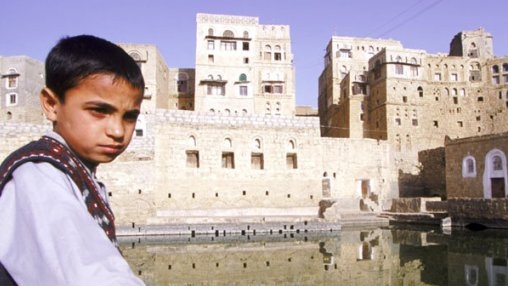In her meetings with a range of government officials, from the President and Prime Minister to various senior decision makers, as well as civil society leaders, Andersen noted a collective resolve to addressing the demand for change. Yet she pointed out that support for the critical process of rebuilding the social contract between the government and its citizens should not lose sight of Yemen’s multiple developmental challenges. “The transition provides a window of opportunity,” she said, “but needs to be viewed in the context of challenges on the security, economic and social fronts.”
Yemen cannot do it alone. To reduce poverty levels to 31 percent by 2020, growth levels would need to be raised above pre-crisis levels, to above seven percent. It is estimated that this would require at least $2 billion in external financing annually. The government will be responsible for broadening its consultations with civil society, maintaining momentum on reforms to increase transparency and accountability, and improving the delivery of basic services. It will depend on budget support from the donor community to allow for increased public spending on infrastructure investments and job creation, as well protecting the poor. “The donor community will have to do its share, and the government of Yemen will have to do its share, too,” said Andersen.
The World Bank recently completed an extensive economic and social assessment in cooperation with the European Union, the Islamic Development Bank and the United Nations. It revealed specific areas where support from the donor community would be most effective. The government will need help filling a budget deficit estimated at $2 billion, five percent of GDP. It will also need help with reconciliation and peace building efforts. Yemen is riding on the edge of a humanitarian crisis, which makes ongoing support for the recovery, with investments in job creation and the restoration of basic services, all the more urgent.
The donor community has a vital role to play in helping the government meet the most pressing economic needs, lest they overwhelm the political reform process. To ensure that their funds are being channeled to where they are most needed, Andersen directed potential donors to organizations such as the Social Welfare Fund, designed to protect the poorest, and the Social Fund and Public Works Program, quick disbursing and job creating programs. This would provide the critical support the government needs to face the dual tasks of reform and development. As Andersen made clear, the one cannot succeed without the other. “The political and economic transition must proceed hand in hand,” she said. “This is a transition that must succeed. We, the donors, must do our share.”
Quick Facts on World Bank Projects in Yemen
- The Bank currently has 21 IDA active projects accounting for over $ 850 million in commitments, of which over $500 million remains undisbursed;
- The Bank is preparing an Interim Program to realign support for the transition government’s priorities.
- The Bank will commit a total of $400 million during the coming 24 months. Possible areas of support, to be decided through consultation with the transition government, include Small to Medium Enterprises, access to finance, local service delivery (water, power, etc), education, etc.
- A grant agreement for the Labor Intensive Public Works Project was recently signed which will commit $61 million of the $400 million to a project that will create short term jobs and improve access to basic infrastructure.

